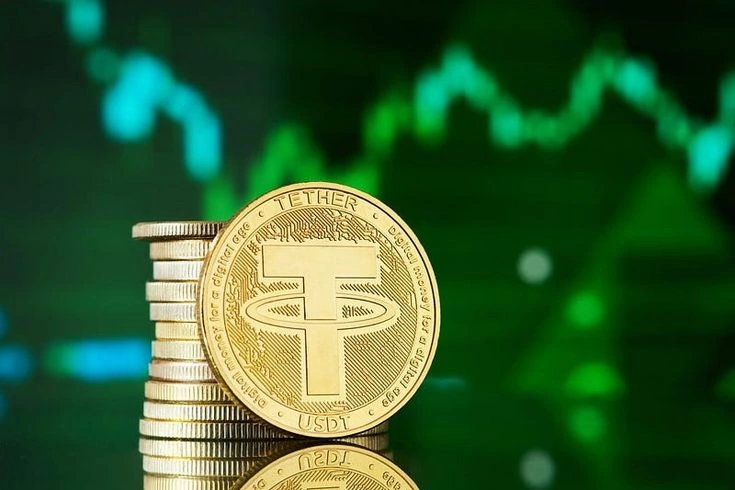From Crypto Exchanges to Coffee Shops: The Growing Reach of USDT in Everyday Life
USDT real world usage is gaining momentum—and the question everyone’s asking is, “What’s next?” Once confined to crypto exchanges, stablecoins like Tether (USDT) are gradually stepping into real-world transactions. But will that trend accelerate—or stall?
Let’s explore where USDT is heading and whether it’s on the path to becoming part of our everyday spending habits.
Where Is USDT Accepted Now—and Where Might It Go Next?

Right now, USDT’s real world usage is expanding, but it’s far from widespread. Most brick-and-mortar stores aren’t ready for stablecoins, but adoption is happening—especially in places where crypto is embraced.
As of today, here’s where USDT can be spent:
- Freelance payouts on platforms like Bitwage and LaborX
- Gift card purchases through Bitrefill—Amazon, Netflix, Starbucks and more
- VPNs, games, and travel services that accept stablecoins
- Selective restaurants and stores, mostly in crypto-forward regions
Forecast? As digital wallets and blockchain payment tools become more user-friendly, expect a rise in adoption—especially online and in developing countries seeking financial alternatives.
USDT real world usage: Why People Might Keep Choosing USDT Over Fiat in the Future

In the years ahead, stablecoins like USDT could serve not just as an alternative—but a preference—for those looking to escape traditional banking headaches.
Here’s why USDT may gain favor:
- Protection from inflation: In countries with unstable currencies, USDT could act as a digital safe haven.
- Ease of cross-border payments: Fast, borderless, and with fewer fees than banks.
- More privacy and fewer intermediaries: Especially valuable in areas with tight financial controls.
As these needs grow globally, so might the use of USDT in everyday transactions.
The Future Pros and Cons of USDT real world usage

Let’s look ahead at the practical upsides—and sticking points—of living in a USDT-powered economy:
Predicted Benefits:
- Price stability tied to the U.S. dollar
- Fast settlement for domestic and international payments
- Banking independence, great for the underbanked
Possible Challenges:
- Merchant adoption remains slow in many countries
- Government regulations could restrict usage
- Technological barriers for older or less tech-savvy users
Overcoming these hurdles will be key to mainstreaming USDT. Wallets, apps, and payment bridges like Binance Pay or TronLink will need to become much more intuitive.
USDT’s Road Ahead: Slow Climb or Rapid Expansion?


Despite being the most used stablecoin globally, USDT still faces an uphill battle when it comes to real-world integration.
Trends suggest:
- Growth in emerging markets, where traditional systems are weak
- Increased support by online retailers and digital services
- Gradual inclusion in point-of-sale systems, likely via third-party crypto processors
If demand keeps growing, expect businesses to adapt—especially as stablecoin infrastructure gets easier to plug in.
Looking Ahead: Will USDT Become a Regular Part of Everyday Life?

So, can you spend USDT directly today? Yes—but with effort. The bigger question is what lies ahead. If current trends hold, stablecoins like USDT could eventually become a common part of how we pay—especially online, across borders, or in cash-strapped regions.
We’re not there yet—but the future looks promising. As regulations clarify, tech improves, and demand rises, USDT could shift from a niche tool to a mainstream option.
And maybe, just maybe, in a few years you won’t need to swap to fiat at all. You’ll just scan, send, and go—straight from your stablecoin wallet.
Relevent news: Here



